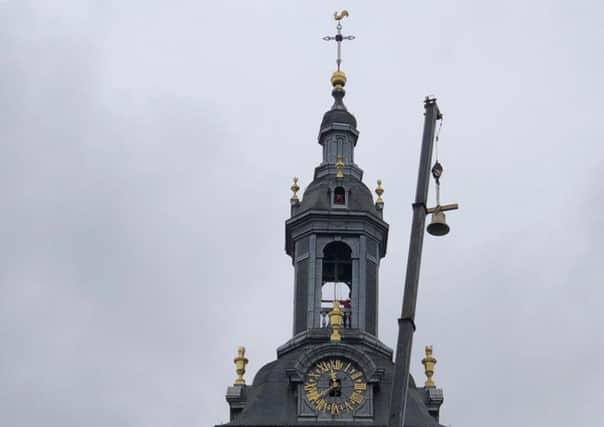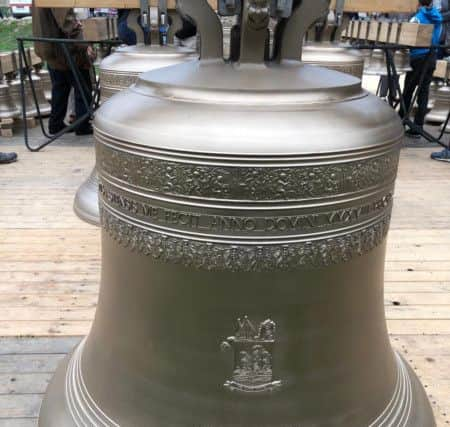Northern Ireland beer drinkers help replace bell destroyed during WW1


The bell in the steeple of Belgium’s Park Abbey, in the town of Heverlee just south of Leuven, will finally ring again on Armistice Day next month.
The bell cost £30,000 to replace and was purchased using royalties paid to the monks of the abbey from sales of Heverlee beer in Northern Ireland and Scotland.
Advertisement
Hide AdAdvertisement
Hide AdThe abbey’s 160 bells were destroyed during the Great War, and every one will now ring again for the first time on November 11 this year as part of the Armistice Day commemorations.


The momentous occasion comes after the Mayor of Leuven campaigned for years to have the bells replaced after they were destroyed in a WW1 attack on the town.
Since identifying the regiment that was responsible, the Martial Fund paid for the replacements for all but one of the bells – the most valuable that’s located in the steeple – now remunerated for by Heverlee beer drinkers.
Explaining why the beer brand got behind the bell replacement project, Joris Brams, master brewer of Heverlee, commented: “The stunning Park Abbey in the town of Heverlee is where the ancient monks originated the beer hundreds of years ago, so it’s a huge occasion for the success of Heverlee today to be giving back to the institution that created it.
Advertisement
Hide AdAdvertisement
Hide Ad“Living in Leuven I have seen how celebrated the refurbishment of the abbey has been, and it’s through the popularity of Heverlee in Scotland and Northern Ireland that the masthead of the abbey can again take its rightful place.”